Chances are, you have heard the words dim sum and Chinese in the same sentence before. This late morning to afternoon cuisine comes from the Cantonese regions of China and is customarily enjoyed with a pot of tea. Usually, my family would opt for Chrysanthemum tea out of the several choices.
The term dim sum has a literal meaning of touching the heart, but what it refers to are the small-portioned snacks, usually either steamed or fried, that are often presented in well-used bamboo steamer baskets.
Xia Jiao (Shrimp Dumplings)
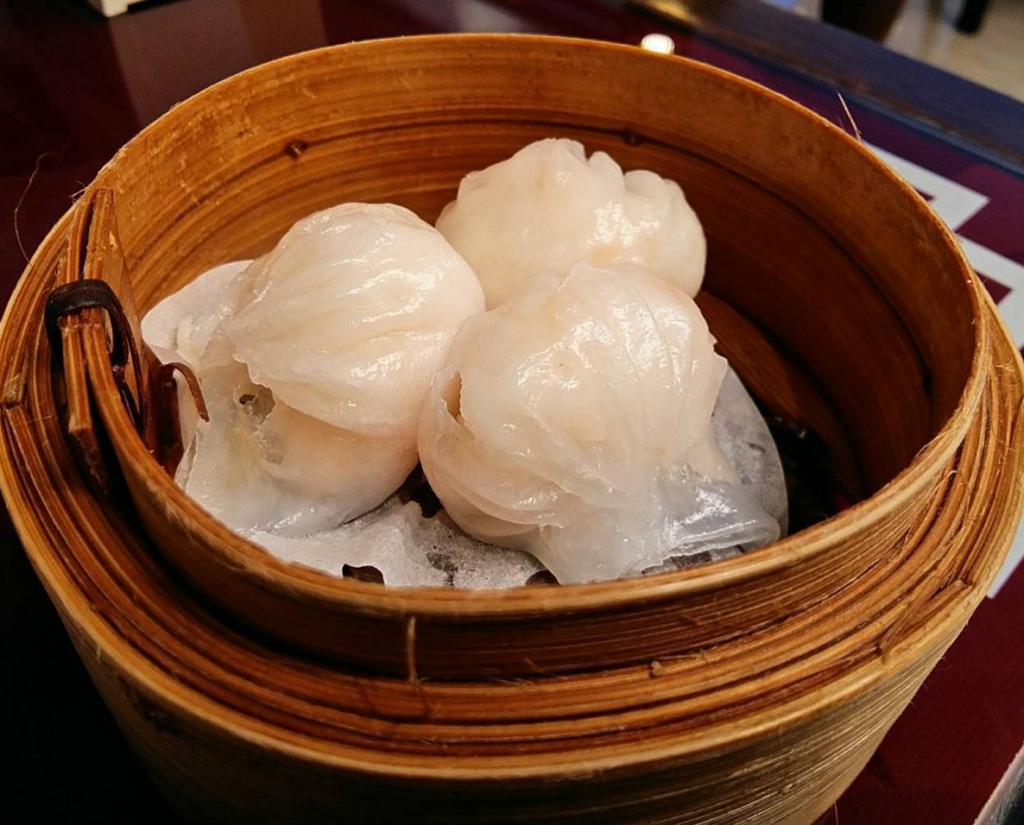
Photo courtesy of @an_eat_around on Instagram
Xia jiao is a steamed shrimp dumpling enclosed by a wheat and tapioca starch skin. The markers of a good Xia jiao are the translucent, yet sturdy, dumpling skin and the right balance of filling. If you’re a critic, you can also abide by the rule of pleats: a perfect xia jiao is supposed to have at least seven pleats, with ten being preferable.
Shao Mai (Pork Dumplings)
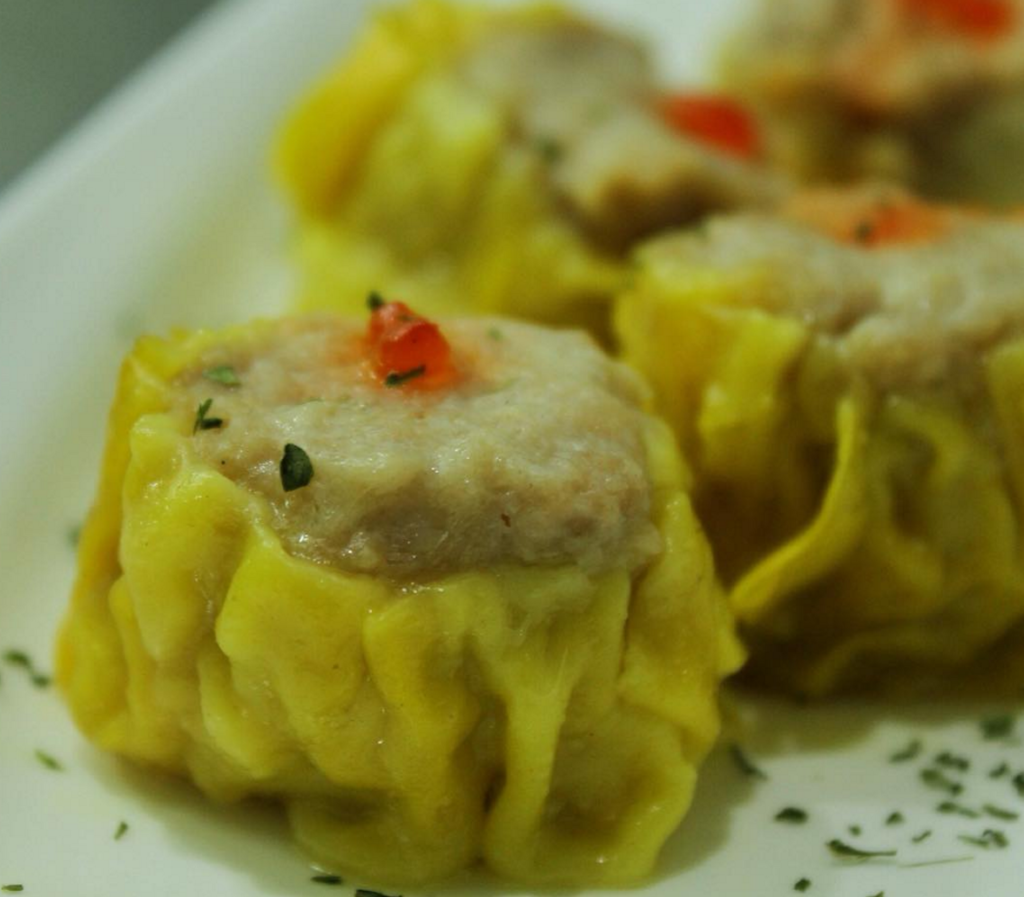
Photo courtesy of @mrcoffeecipete on Instagram
When there’s xia jiao, there’s shao mai. This pair is a classic combination to have for dim sum, and often you would hear diners order xia-jiao-shao-mai (or ha-gow-siu-mai, for those who are Cantonese) in succession. This sister dumpling has a filling that consists of ground pork, shrimp, and mushrooms, and is cupped in a thin sheet of lye water dough. The top of the steamed dumpling is then garnished with crab roe.
Xiao Long Bao (Soup Dumpling)

Photo courtesy of @minjeongggg_ on Instagram
Xiao long bao literally translates to little basket dumpling. This steamed dumpling is a type of soup dumpling, which means the filling includes a flavourful broth. There is a proper way to eat this dumpling, and it doesn’t involve poking a hole in the sides to let the broth flow out (which, I’ll admit is how I’ve been eating it my whole life).
Instead, you are meant to nip a bite off the top of the dumpling to release the steam inside, and then slurp out the broth entirely. Next, you eat the dumpling with the black vinegar, ginger, and soy sauce that hopefully had been delivered with the item.
Similar to the xia jiao, the xiao long bao also has a specific number of pleats to define its perfection, except its standards are much higher at 18 pleats.
Nuo Mi Ji (Lotus-Leaf-Wrapped Rice with Chicken)
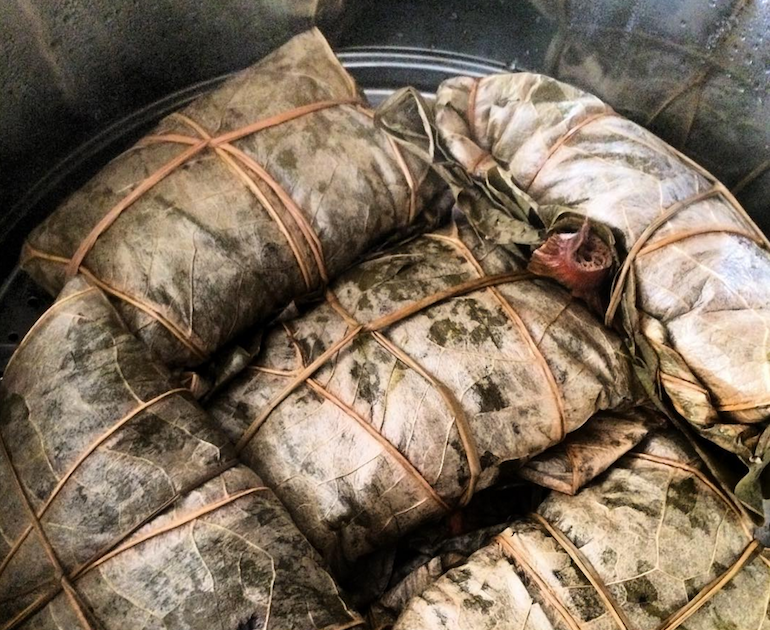
Photo courtesy of @dycoolmom on Instagram
Nuo mi ji, or steamed sticky rice with chicken in a lotus leaf wrap, is a glutinous rice dish with chicken, mushrooms, scallions, sausage, and dried shrimp embedded in it. As it’s being steamed, the lotus leaf that’s wrapped around it infuses a distinct flavor into the rice mixture, making it one of my favorite dishes.
Cha Sao Bao (Steamed BBQ Pork Bun)
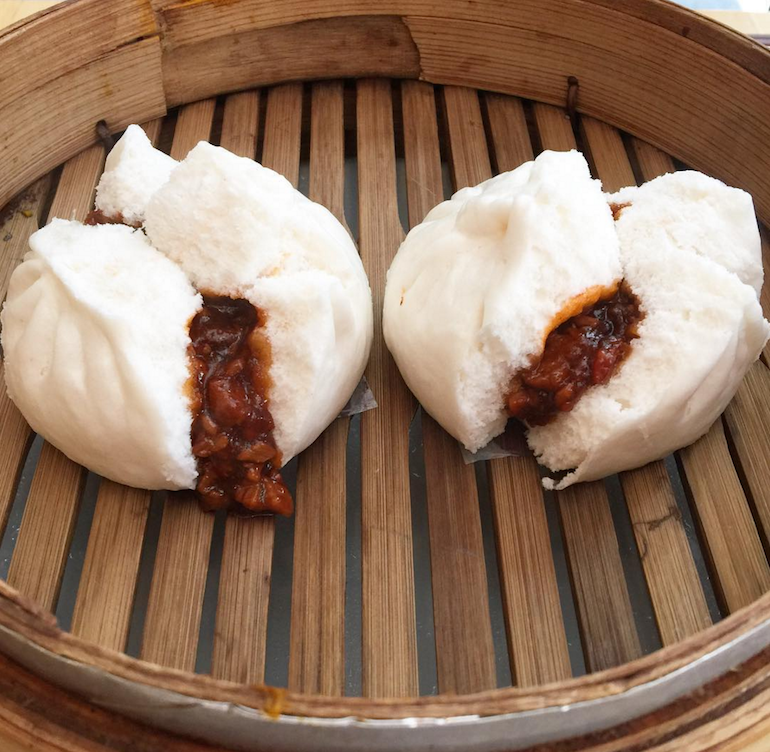
Photo courtesy of @tokyofoodie on Instagram
Cha sao bao has a Cantonese style of BBQ sauce in its pork filling, giving it a sweet-savory taste. The bun is fluffy and often times slightly sweet too. It may look like a misstep in the making process, but the crack on top of the bun is typical and, as my anecdotal experience may suggest, even purposeful.
Pi Dan Shou Rou Zhou (Century Egg and Pork Congee)
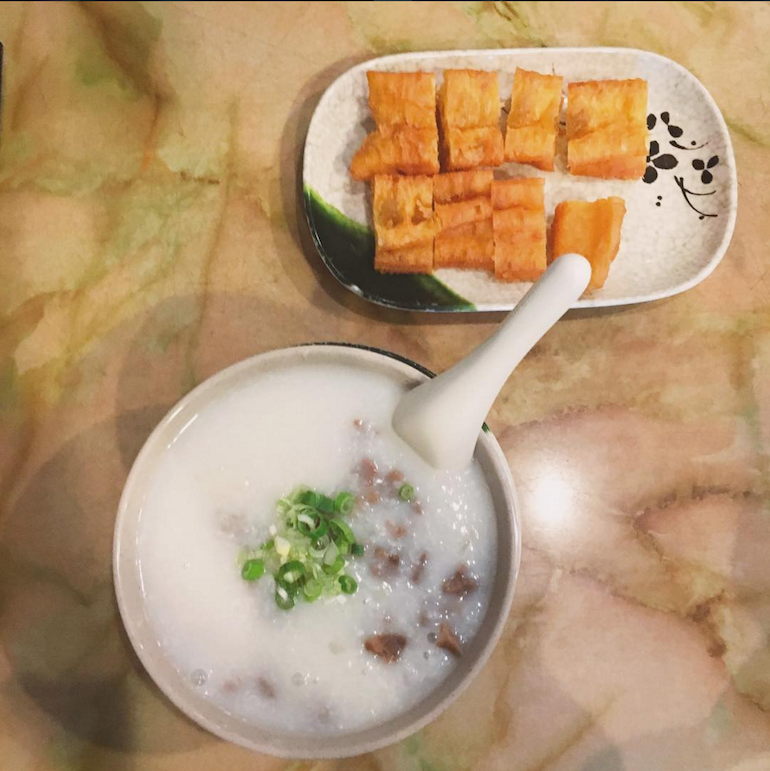
Photo courtesy of @cinnamongingermaple on Instagram
What is a century egg, you may ask? Its name seems far-fetched, and it is, as the century egg is actually preserved only for several weeks to months in a mixture of clay, ash, salt, quicklime, and rice hulls. The egg takes on a ghastly dark pigmentation through this preservation process and becomes rubbery in texture. By itself, the taste is very strong and an acquired taste, for most.
However, its pungency is muted by the congee base of this dish. This congee is mildly flavoured, owing a lot of its appeal to the addition of the century egg and bits of pork. During dim sum, congee is often paired with a fried dough stick, pictured above, called you tiao; the name literally translates to oil strip.
Pai Gu (Spare Ribs with Black Beans)
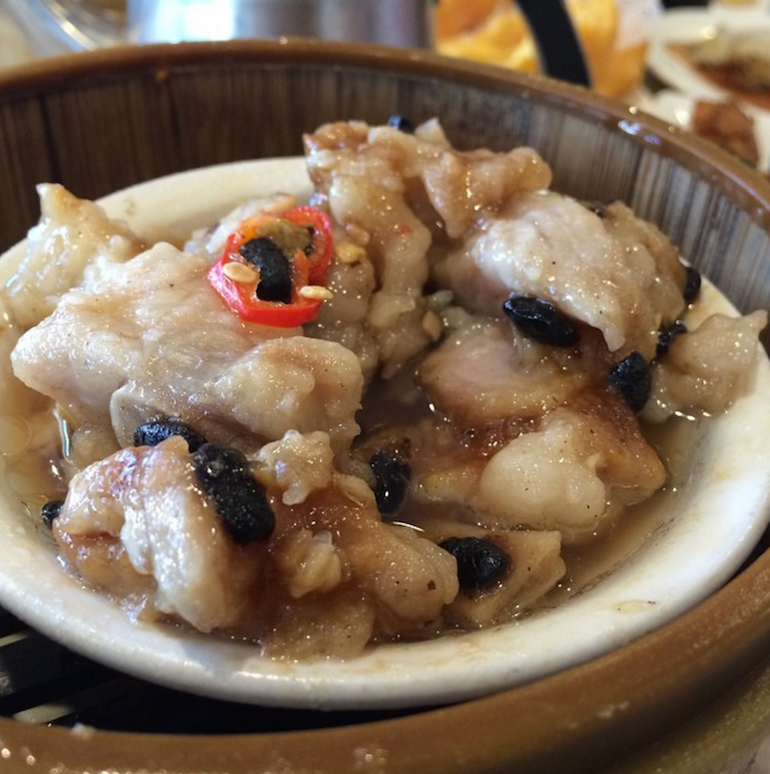
Photo courtesy of @guapomole on Instagram
These steamed pork spare ribs are incredibly tender and, despite its rather colorless appearance, quite flavorful too. They come just with the ribs or in a variation known as pai gu fan, which really is just the inclusion of white rice, both in the name and in the dish.
Ji Zhua (Chicken Claws)
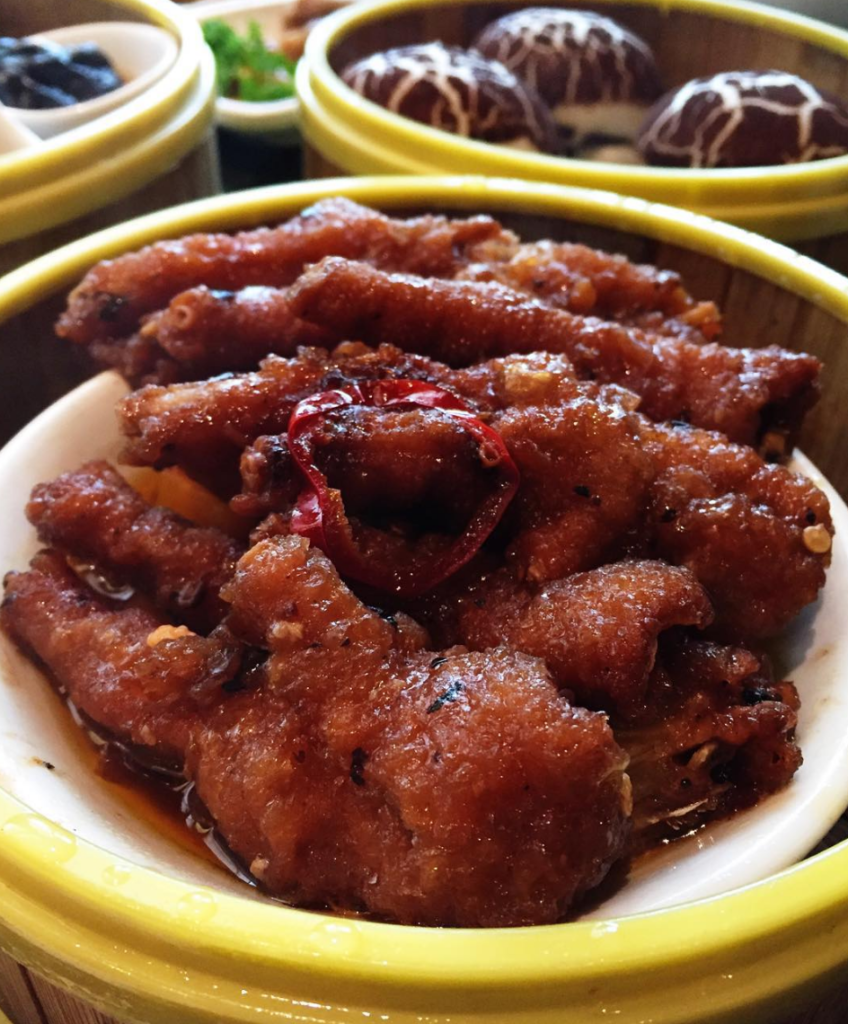
Photo courtesy of @milkyd0ll on Instagram
If you’re doing a double take at the title, then rest assured, you read that right. Ji zhua, also known as the more dignified Phoenix Claws, is essentially what it’s called: chicken claws. It’s first deep fried and steamed before being simmered in its signature sauce. The meat is extremely tender when served.
Yes, you will have to bite off bits of the chicken feet at its knuckles. It’s not gross if you don’t think about or look at it.
Yu Tou Jiao (Taro Dumpling)
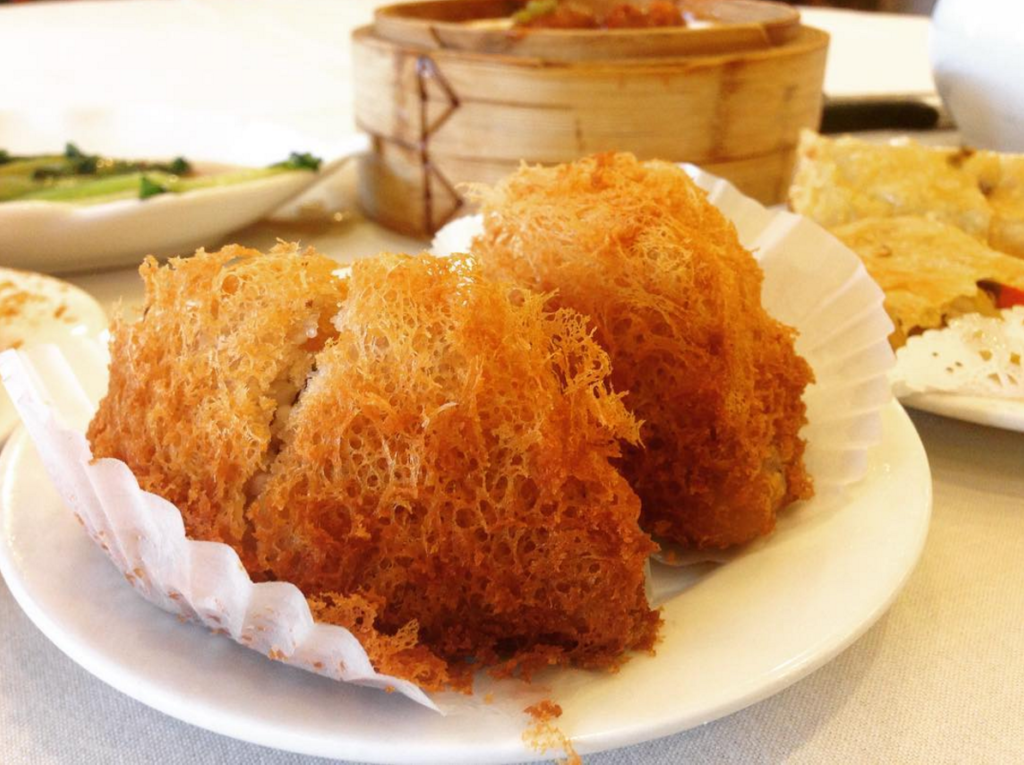
Photo courtesy of @mcc1013 on Instagram
This crisp dumpling may not be what you expect upon hearing the name taro dumpling. Instead of the filling being taro, it’s actually the flakey bit that’s made of taro, or taro root specifically. The taro root is boiled, mashed, and, with a seasoned ground pork filling, is deep fried to give it the ideal crisp.
Duo Luan Yu (Fried Smelt)
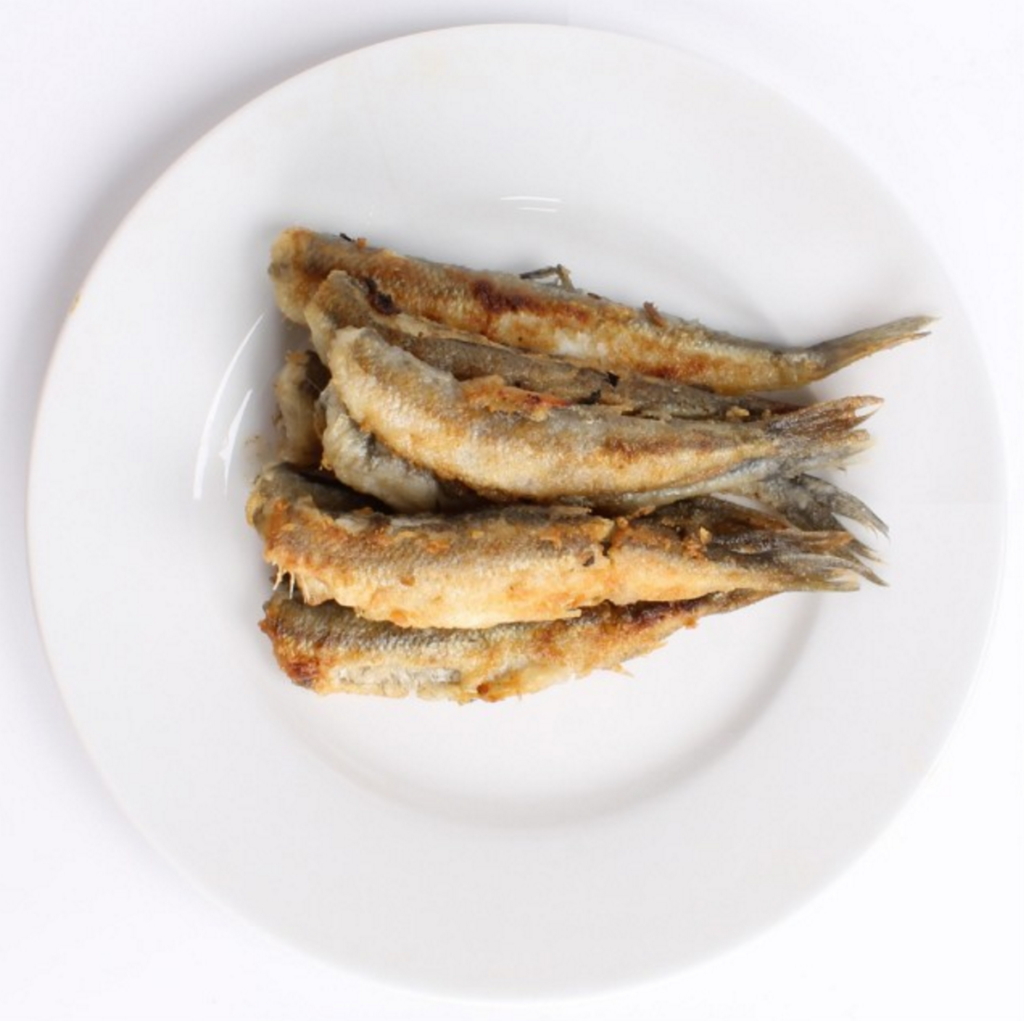
Photo courtesy of @bitis12 on Instagram
Aw, fried fish, how cute. When ordering at dim sum, however, don’t be afraid when you both see the head still intact, or taste the fish eggs still in the stomachs of these little guys. The eggs are supposed to be one of the appealing points of this dish, as hinted by its literal translation being fish with many eggs.
Generally, I tend to avoid eating the head and tail, but I’m fairly confident that it’s edible if you want to try it.
Xia Chang Fen (Shrimp Rice Noodle Roll)
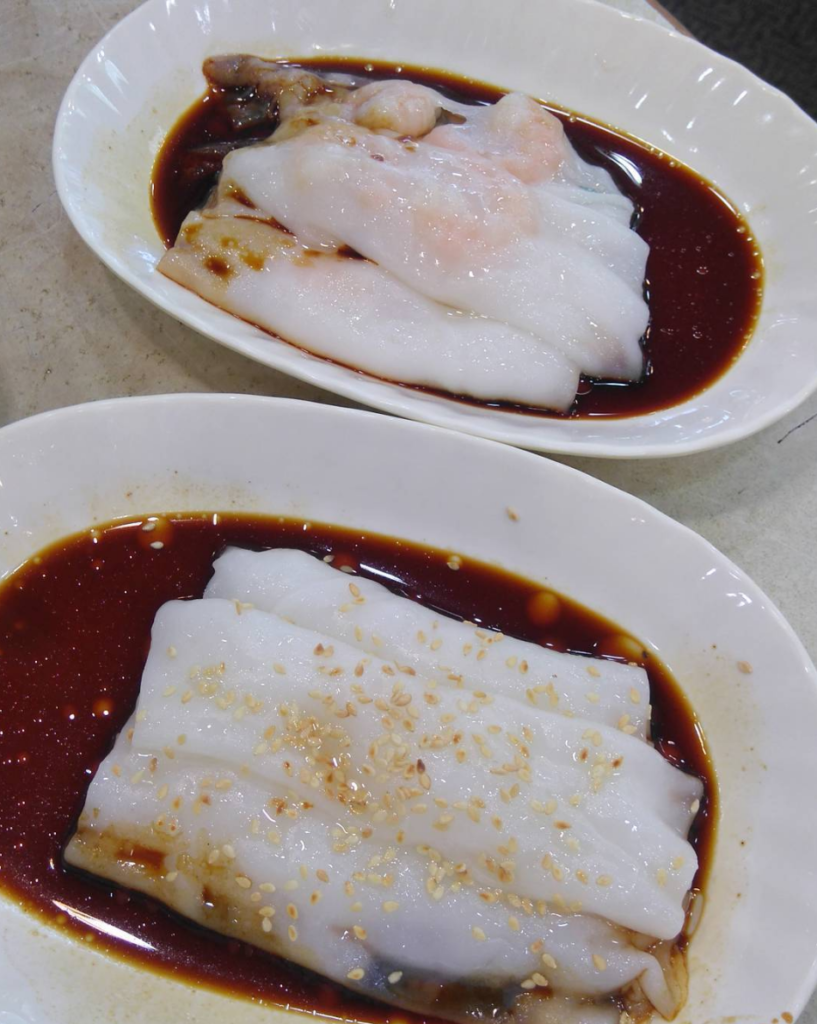
Photo courtesy of @audreylily2010 on Instagram
The shrimp version of this rice noodle dish is only one variation of fillings it can have. It also commonly has pork, beef, vegetables, and sometimes is even served without a filling. In that case, it’s named zhu chang fen, which translates to pig intestine roll for its apparent similarity to the actual animal organ counterpart.
The roll itself is made from a mixture of rice flour and tapioca flour, which gives it its signature bouncy, elastic sort of texture. This dish is always served drenched in soy sauce as it is generally pretty bland by itself.


